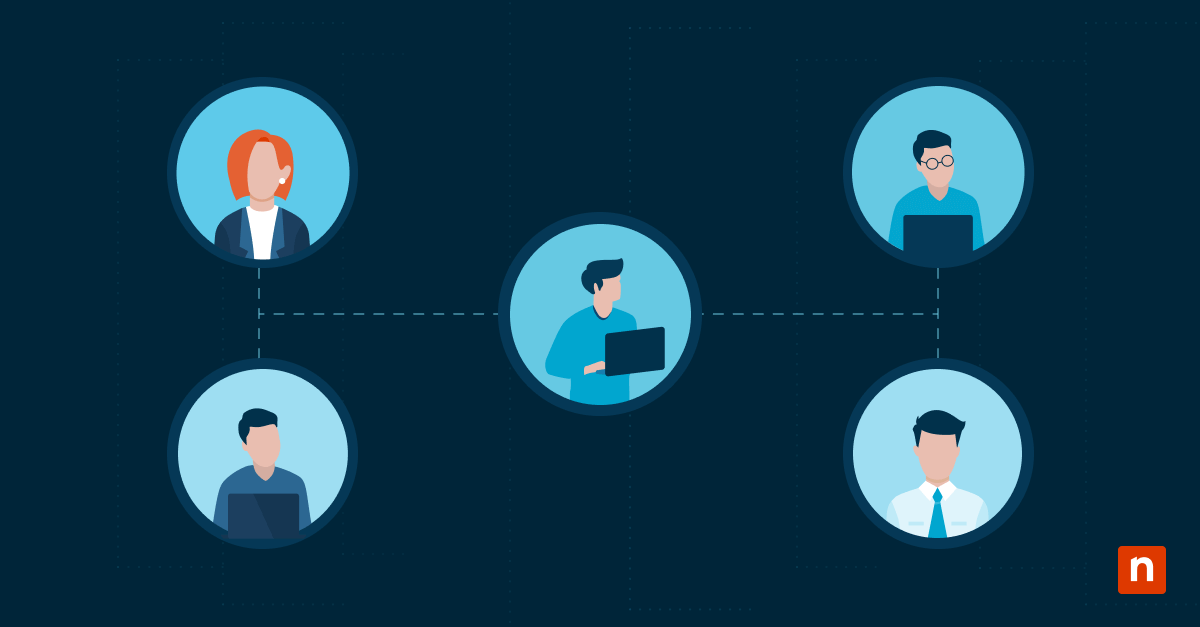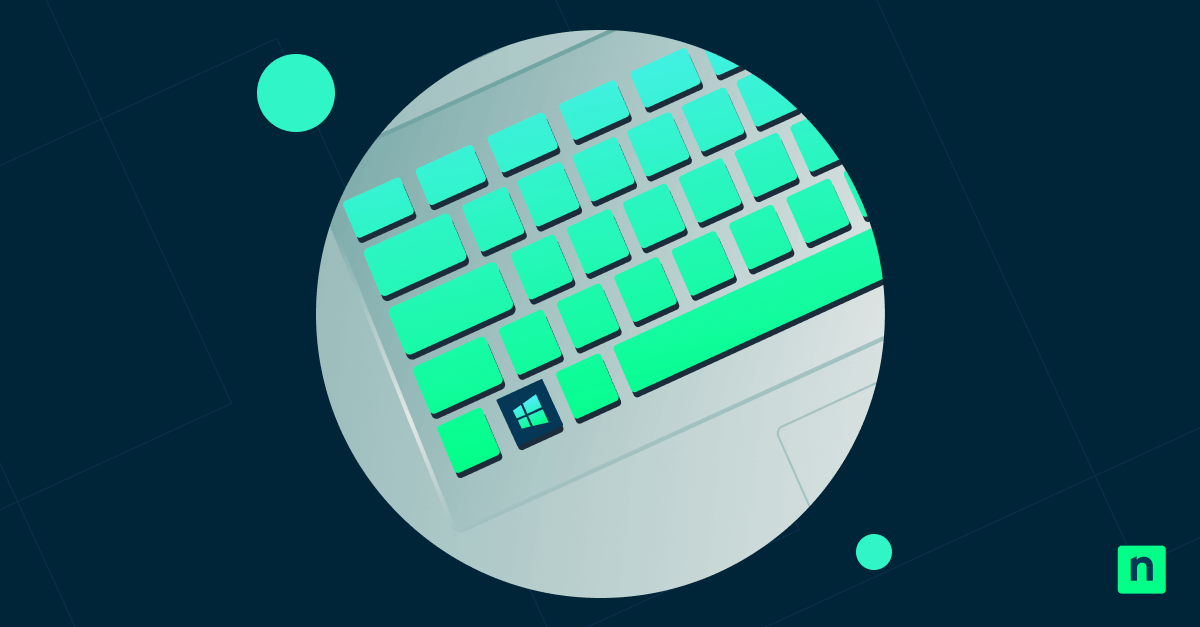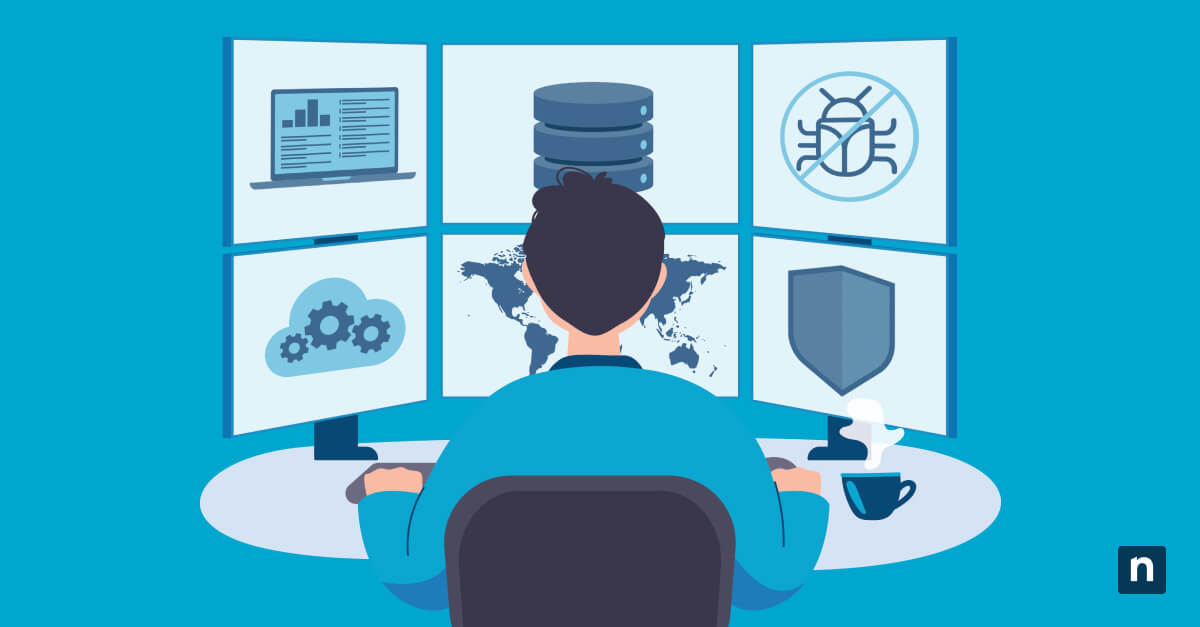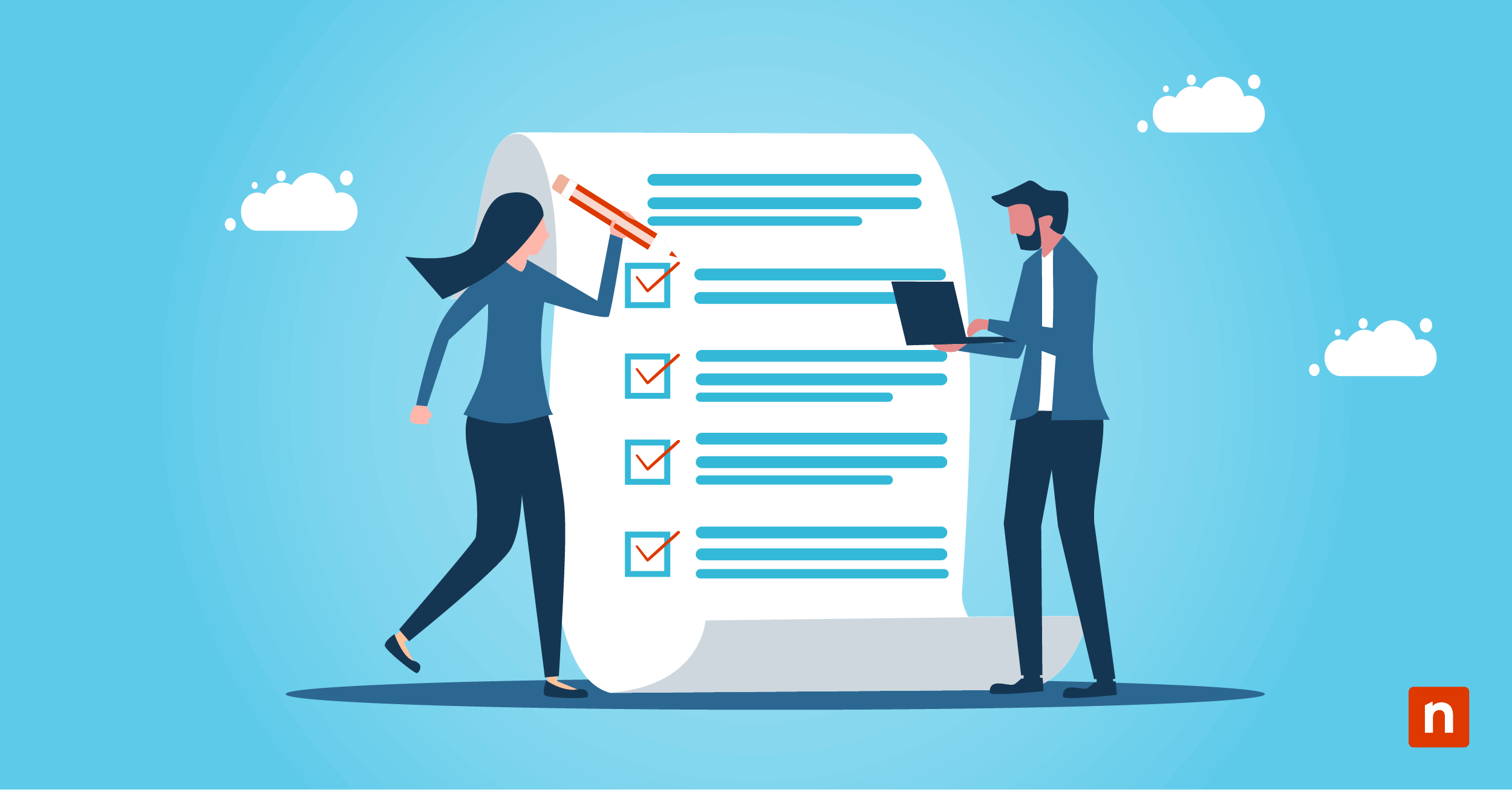Considering a downgrade from Windows 11 Pro to Home? The only proper way to do it is through a clean installation of Windows 11 Home, which reformats your drive to start fresh with a new OS.
While workarounds, such as registry edits and the use of generic product keys, are being suggested online, they risk system instability, failed installation, and leftover Pro edition components. For a guaranteed downgrade without problems, a clean install remains the only reliable path.
In this guide, we will help you safely downgrade your system from Windows 11 Pro to Home, covering backup strategies, licensing, and reinstallation.
Step-by-step method: Clean install Windows 11 Home
A clean installation replaces the Windows 11 Pro installation at the disk level, wiping partitions and installing the Home edition fresh.
📌 Use case: Downgrading to Home edition is ideal when you want to remove the complexities of Pro edition’s business tools, simplifying your system for personal or non-technical use. It also helps avoid unnecessary Pro license fees when advanced features are not needed. This ultimately declutters your device, making it streamlined for personal use.
📌 Prerequisites: To start the installation without issues, ensure the following.
- Back up all your files, as this process will erase your drive completely.
- You have a valid Windows 11 Home product key or digital license.
- Prepare a USB drive with 8GB+ storage for installation media.
- Download the Windows 11 Home ISO using Microsoft’s Media Creation Tool.
- Verify your device meets Windows 11’s minimum requirements, such as TPM 2.0, Secure Boot, 64GB storage, etc.
We also recommend reviewing ⚠️Things to look out for before proceeding.
Steps to downgrade from Windows 11 Pro to Home:
1. Back up all data:
- Before downgrading your system, save important files you want to keep in an external drive or cloud service like OneDrive or Google Drive.
💡 TIP: You can also export browser bookmarks and app licenses (e.g., Office 365).
⚠️ Warning: Backing up is non-negotiable. Partition deletion erases everything in your system. Check ⚠️ Things to look out for to learn more.
2. Create Windows 11 Home installation media:
- Download Microsoft’s Media Creation Tool, then run it.
- Select Windows 11 Home, then use an 8GB+ USB drive.
3. Boot from the USB drive:
- Insert the USB into your device.
- Restart your PC, then press F12/DEL/ESC during startup.
- Select the USB from the boot menu.
4. Launch Windows Setup:
- Click Install now.
- Skip entering a product key for now.
5. Select Windows 11 Home:
- At the edition prompt, choose Windows 11 Home.
- If the editions don’t appear, enter a Home edition product key or modify the USB with a PID.txt file (check Force Selection below).
6. Delete all partitions:
- Select Custom: Install Windows only.
- Highlight each partition.
- Click Delete until only Unallocated Space remains.
7. Install Windows 11 Home:
- Select the unallocated space, then click Next.
- Wait for the installation. (PC will restart automatically).
8. Complete setup:
- Follow the prompts to configure the system’s language, network, and user account.
- You can sign in with your Microsoft account.
You can start restoring your files and applications in the new system.
Optional: Forcing Home Edition Selection
If Windows setup cannot find or offer Windows 11 Home during installation, you can modify your USB installer with ei.cfg or PID.txt.
Option 1: via ei.cfg file
- Open your bootable USB drive, then navigate to the sources folder.
- Create a new text file named ei.cfg with these exact contents:
[EditionID]
Core
[Channel]
Retail
[VL]
0
This forces the setup to display Windows 11 Home as the only option.
Option 2: via the PID.txt file
- In the same sources folder of your bootable USB drive, create a PID.txt.
- Add your valid Windows 11 Home product key:
[PID]
Value=XXXXX-XXXXX-XXXXX-XXXXX-XXXXX
Replace the XXXXX-XXXXX-XXXXX-XXXXX-XXXXX with your 25-character product key.
Activating Windows 11 after your downgrade
Activation is usually seamless for most devices, but for further success, here is how you can ensure the downgrade is successful.
⚠️ Important: Internet access is required for activation.
Automatic activation (most devices):
- If your PC originally came with Windows 11 Home, the new Home edition installation activates automatically within hours of connecting to the internet.
- Upgraded systems, such as going from Windows 10 Home to Windows 11 Pro, then Windows 11 Home edition, reactivate via Microsoft’s digital license servers.
Manual activation (when needed):
- Open Settings (Win + I).
- Go to System, then select Activation.
- Click Change product key.
- Enter your 25-character Windows 11 Home product key.
⚠️ Things to look out for
This section highlights potential challenges to keep in mind while following this guide.
Risks | Potential Consequences | Reversals |
| 1. Incomplete backup | This can lead to permanent loss of personal files, licenses, or app data | Use the 3-2-1 backup rule: 3 copies, 2 media types (cloud + external drive), 1 offsite backup. |
| 2. Corrupted installation media | This can lead to a failed setup, boot loops, or an unbootable system | Verify USB integrity via Rufus (checksum check) before booting; recreate media if needed |
| 3. Accidental partition deletion | Data loss on secondary drives (such as D: or E:) | Physically disconnect non-OS drives before installation |
| 4. Invalid product key | Activation failure, limited OS functionality | Retrieve OEM key via PowerShell: wmic path softwarelicensingservice get OA3xOriginalProductKey |
| 5. ei.cfg/PID.txt errors | Set up crashes or install the wrong edition | Test modifications in a VM first. Also, keep an unedited USB as a backup |
| 6. OEM license mismatch | Windows remains unactivated after a downgrade | Contact the manufacturer support with the device SN to confirm the pre-installed Home entitlement |
| 7. TPM/Secure Boot issues | Installation blocked or instability | Verify requirements via tpm.msc and msinfo32 (check “Secure Boot State”) pre-downgrade |
Key considerations when downgrading to Windows 11 Home
Understand these critical factors when planning your downgrade from Windows 11 Pro to Home:
Downgrading is a permanent and non-reversible process
Unlike a version upgrade, this downgrade needs a complete clean install. Microsoft does not have an in-place method to preserve apps, settings, or user profiles; thus, the need for a backup drive. All software and custom configurations will be erased.
The Pro edition features removed in Windows 11 Home
When you downgrade to Windows 11 Home edition, you will lose the following Pro-exclusive tools:
- Bitlocker
- Group Policy Editor
- Hyper-V Virtualization
- Domain/Active Directory join
- Remote Desktop hosting
OEM licensing cannot be found
Devices preinstalled with Windows 11 Home will auto-activate post-installation since licenses are embedded in the firmware. Retail licenses require manual entry at Settings > Activation. Check the Activating Windows 11 after your downgrade section for more details.
Back up Pro drivers to avoid compatibility risks
Backup Pro drivers in PowerShell first with this command:
pnputil /export-driver * C:\Drivers-Backup
The Home edition may lack enterprise-grade drivers for business-level hardware, like Intel vPro and specialized GPUs.
Downgrade Windows 11 Pro to Home for simplicity
Downgrading Windows 11 Pro to Home is your solution when business features like Hyper-V or BitLocker become unnecessary. By following this guide, you’ll achieve a stable Home edition setup without Pro’s complexity.
If you’re exploring downgrade options, here’s another downgrade to check out — our video guide “How to Downgrade from Windows 10 Enterprise to Windows 10 Pro,” which walks you through the process step by step.
Just remember that a clean install erases everything, but with careful preparation, you’ll transition smoothly to a lighter and more cost-effective Windows experience.
Related topics:








